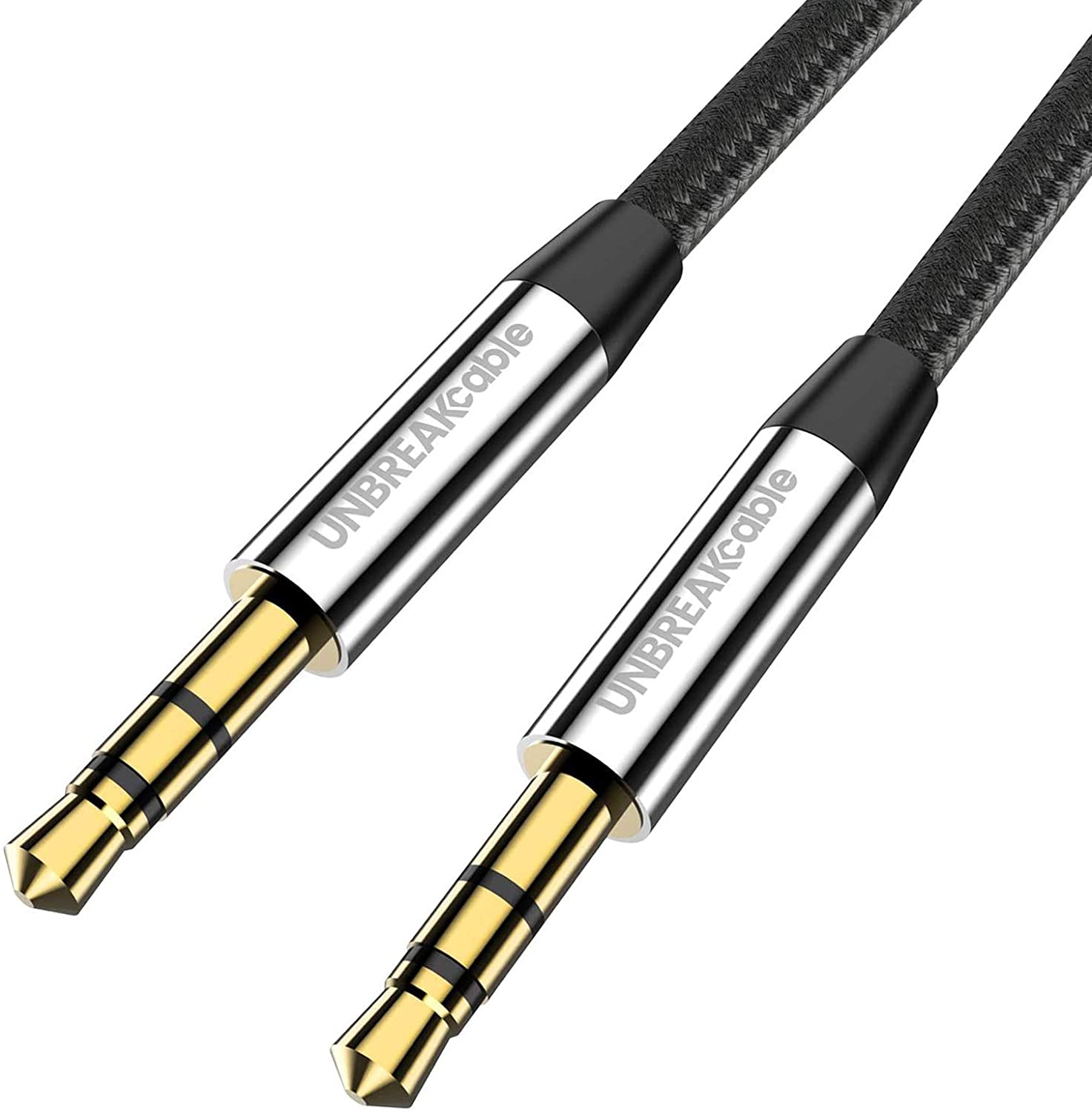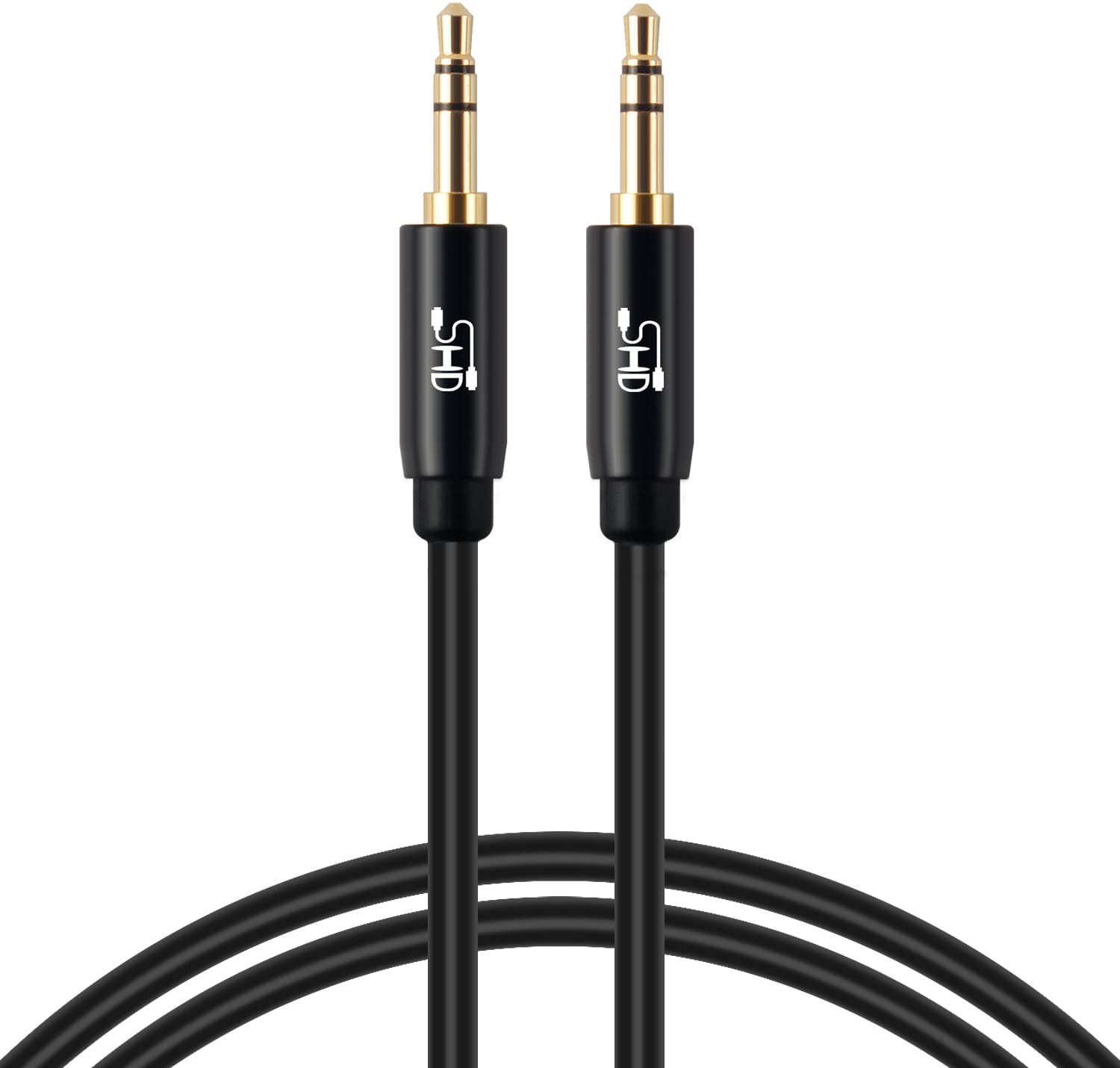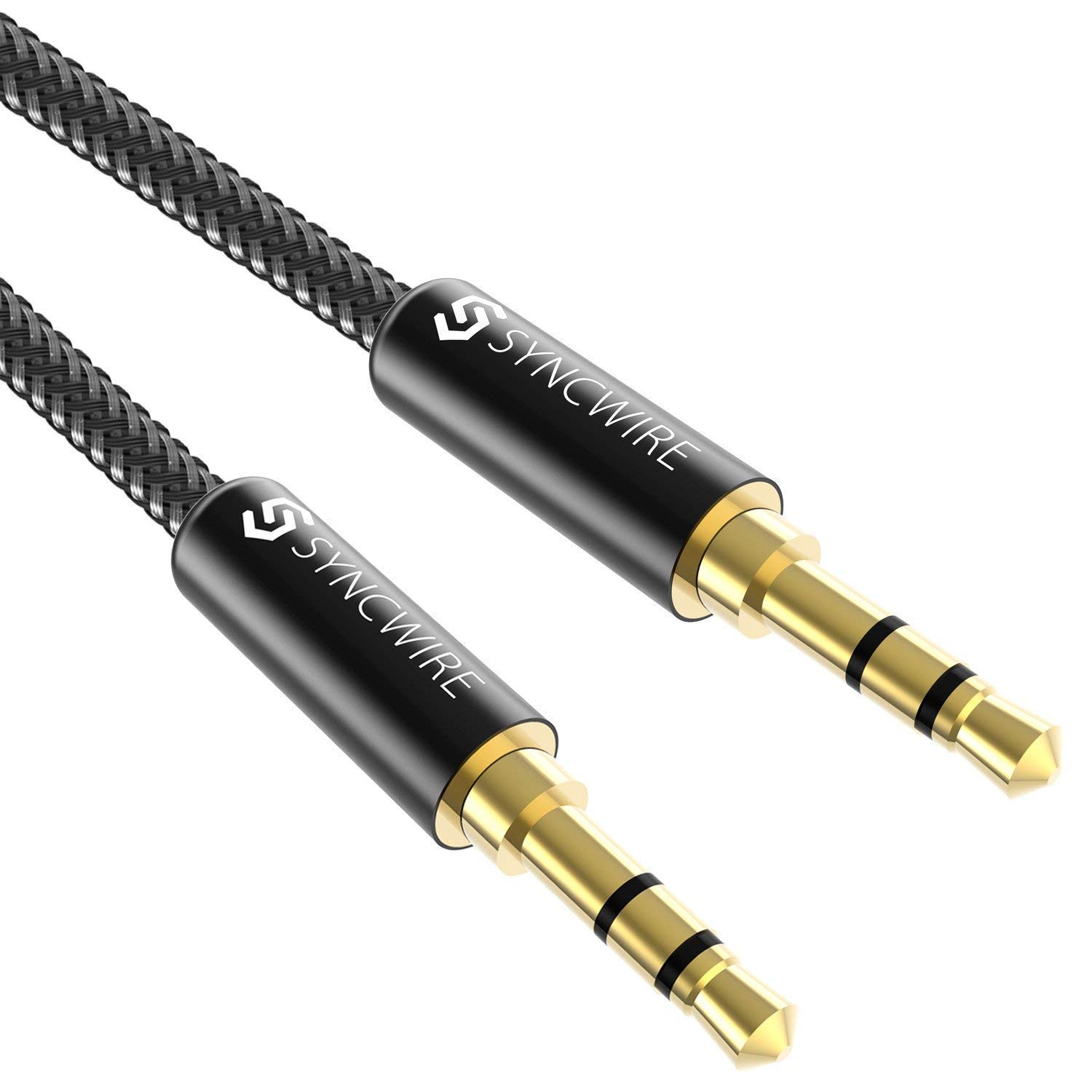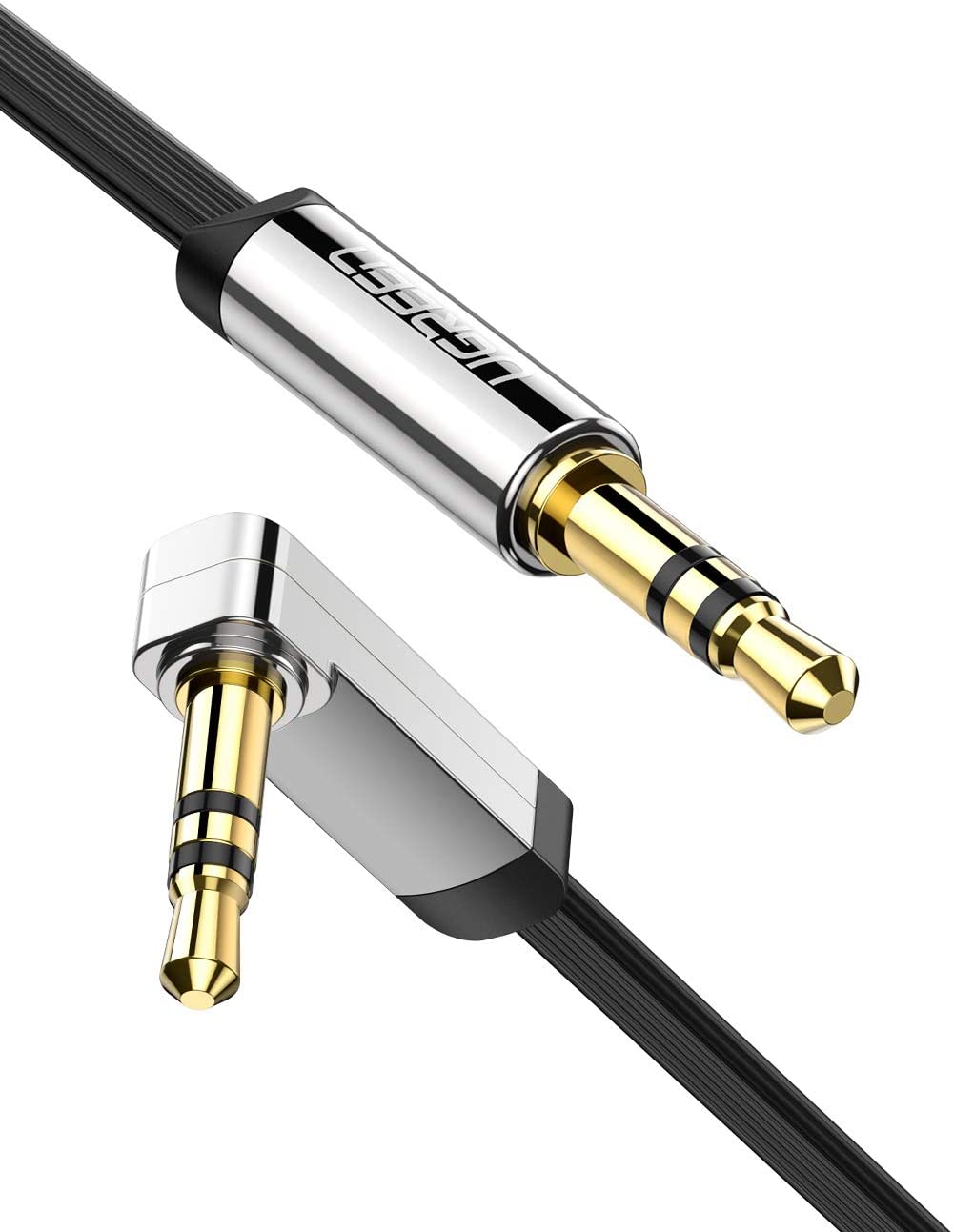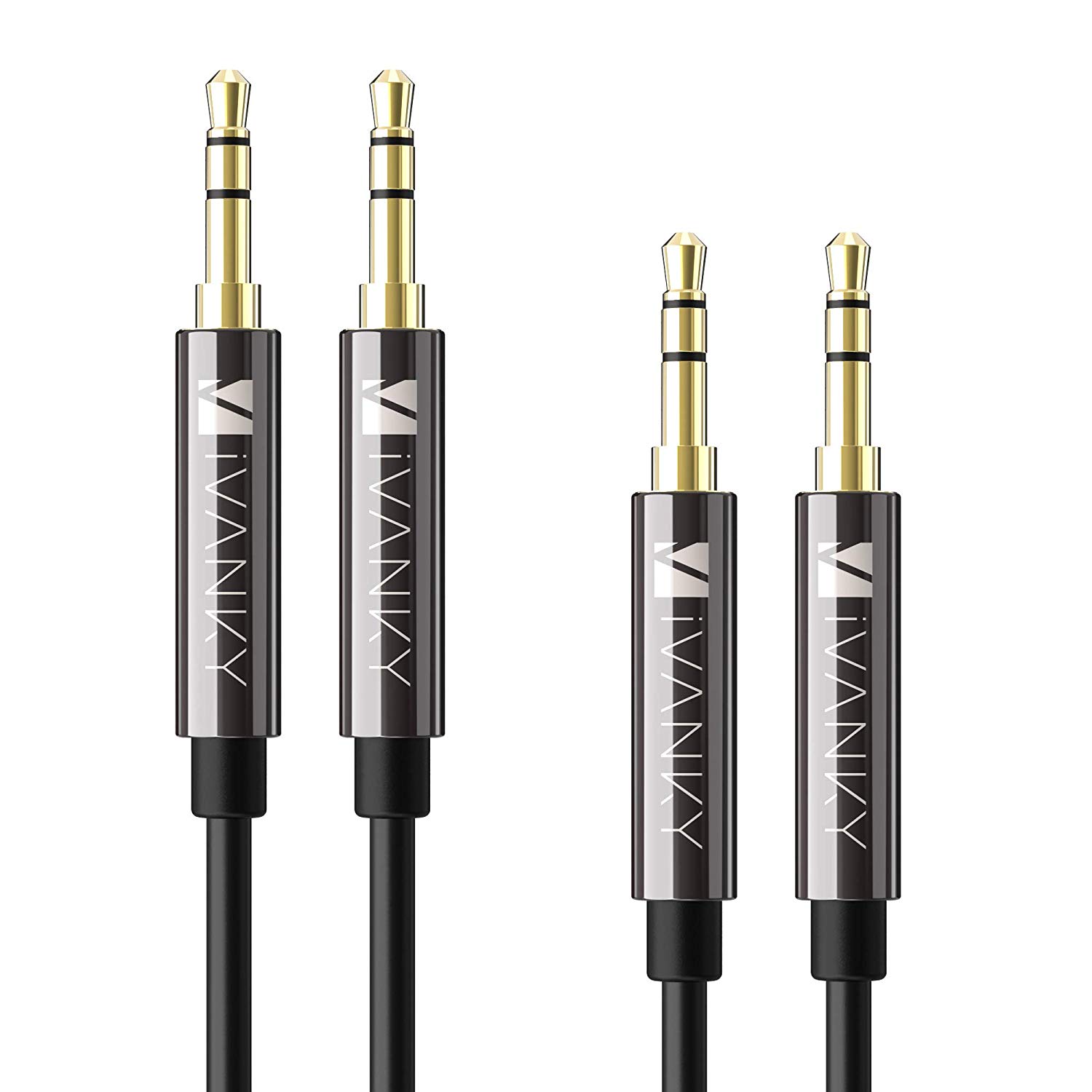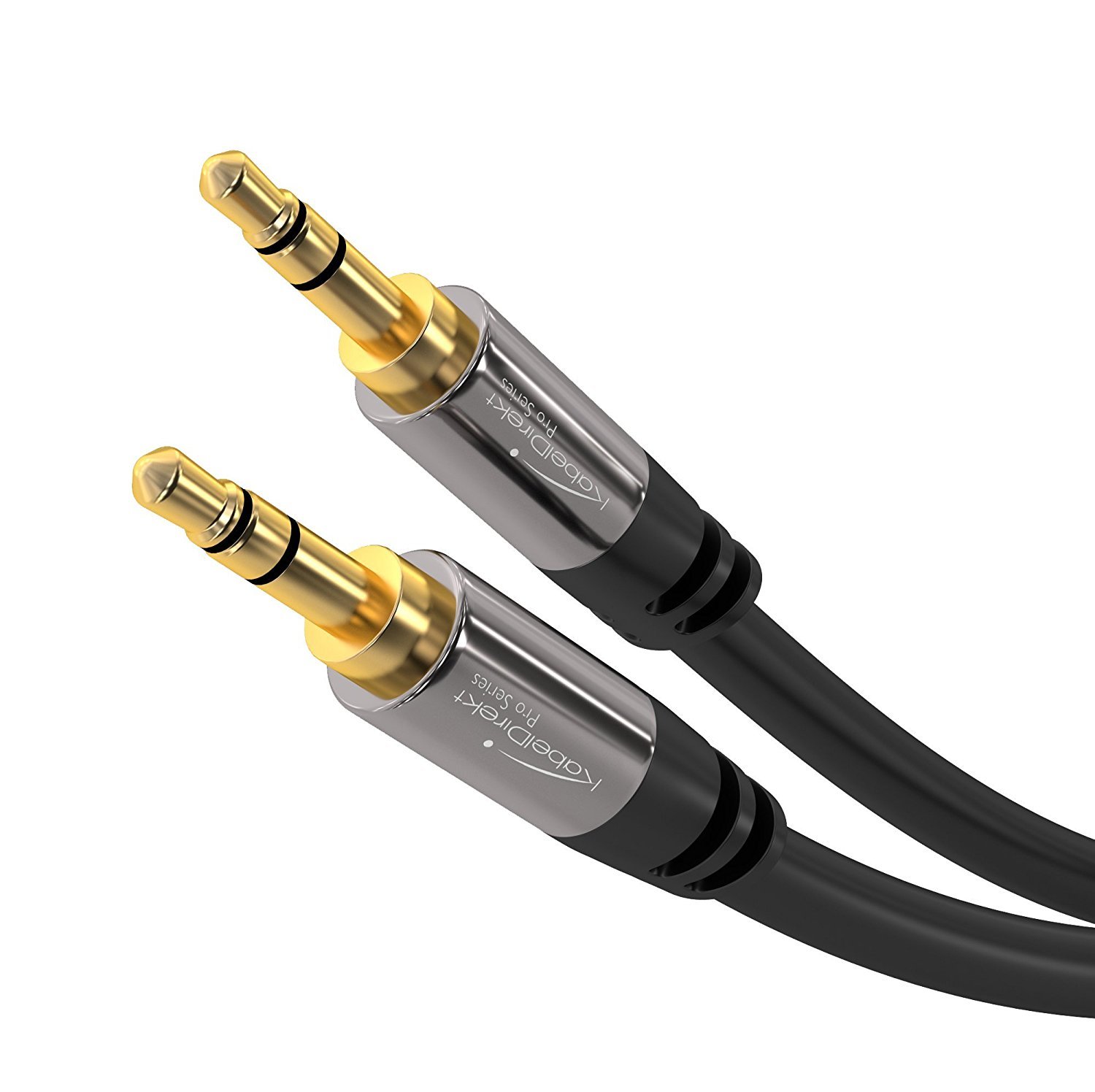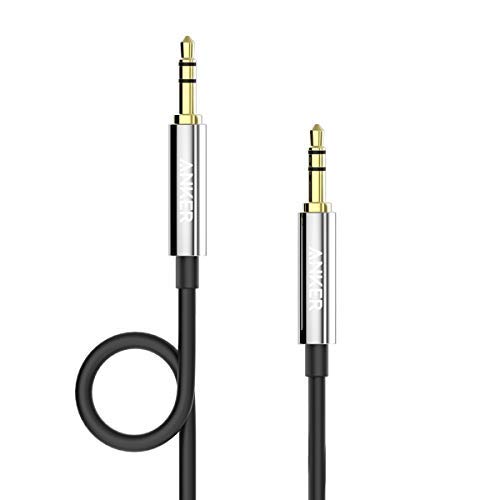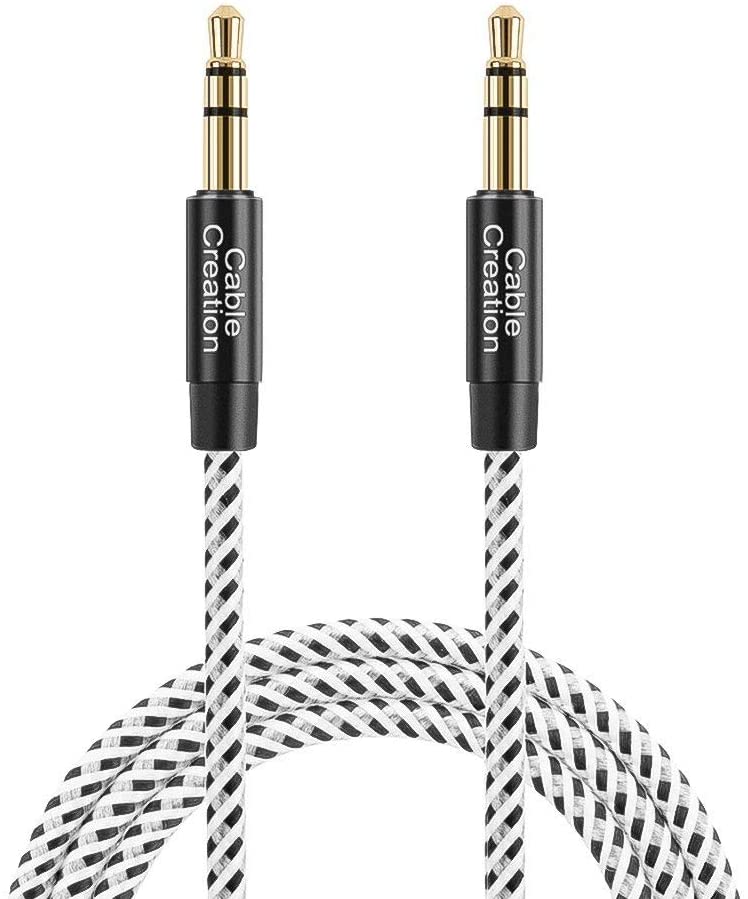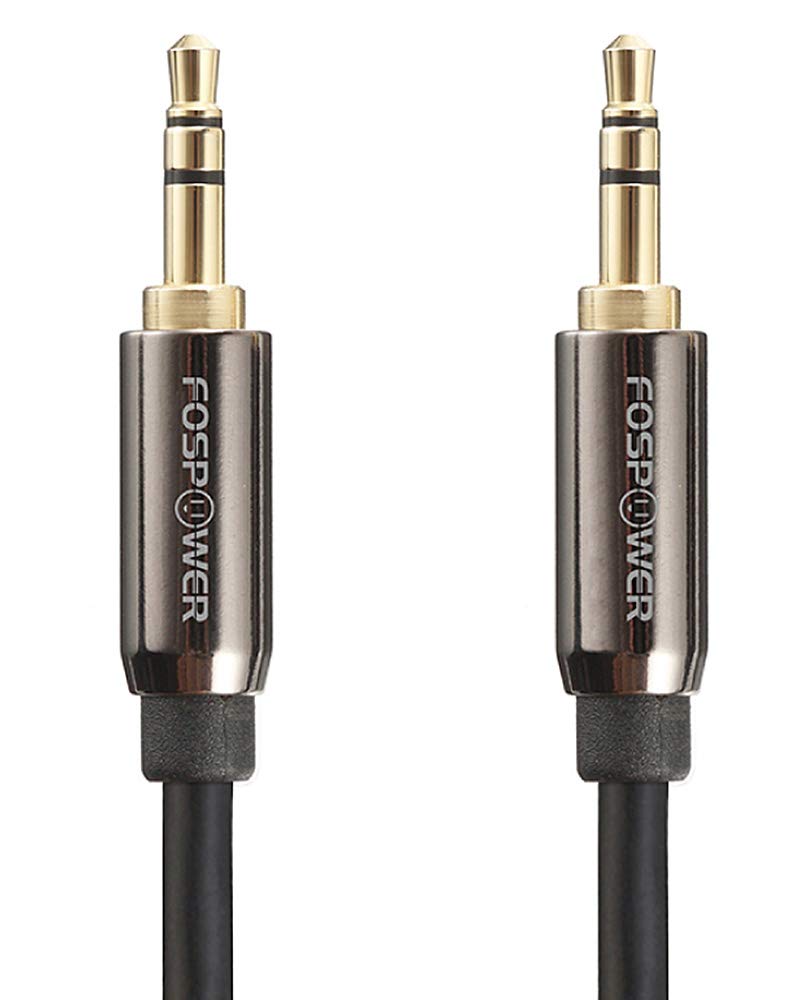Oldboytech 3.5mm Auxiliary Audio Cable, 4-Foot
Last updated: July 13, 2021
High-quality components and an attractive design set the Oldboytech 3.5mm Auxiliary Audio Cable, 4-Foot apart from competitors. The cable has been subjected to 15,000-bend tests to ensure it can withstand the rigors of regular use. You'll get three different lengths and two cables in each package.
We looked at the top Auxiliary Audio Cables and dug through the reviews from some of the most popular review sites. Through this analysis, we've determined the best Auxiliary Audio Cable you should buy.
Product Details
Key Takeaway: The Oldboytech 3.5mm Auxiliary Audio Cable, 4-Foot features dual shielding to keep interference to a minimum.
In our analysis of 24 expert reviews, the Oldboytech 3.5mm Auxiliary Audio Cable, 4-Foot placed 6th when we looked at the top 10 products in the category. For the full ranking, see below.Expert Reviews
What reviewers liked
What’s more, the cable is equipped with a dual-shielding feature and a polished metal molding design for a great experience.
Made from high-quality components and a keen ear for detail, this cable is a durable piece of ear candy.
With over 15,000 bend tests done successfully, this cable is made to last and does not tangle. The 3.5mm jacks fit into all 3.5mm ports and is universally supported on all compatible devices and electronics.
View our Auxiliary Audio Cable buying guide for in-depth advice and recommendations.
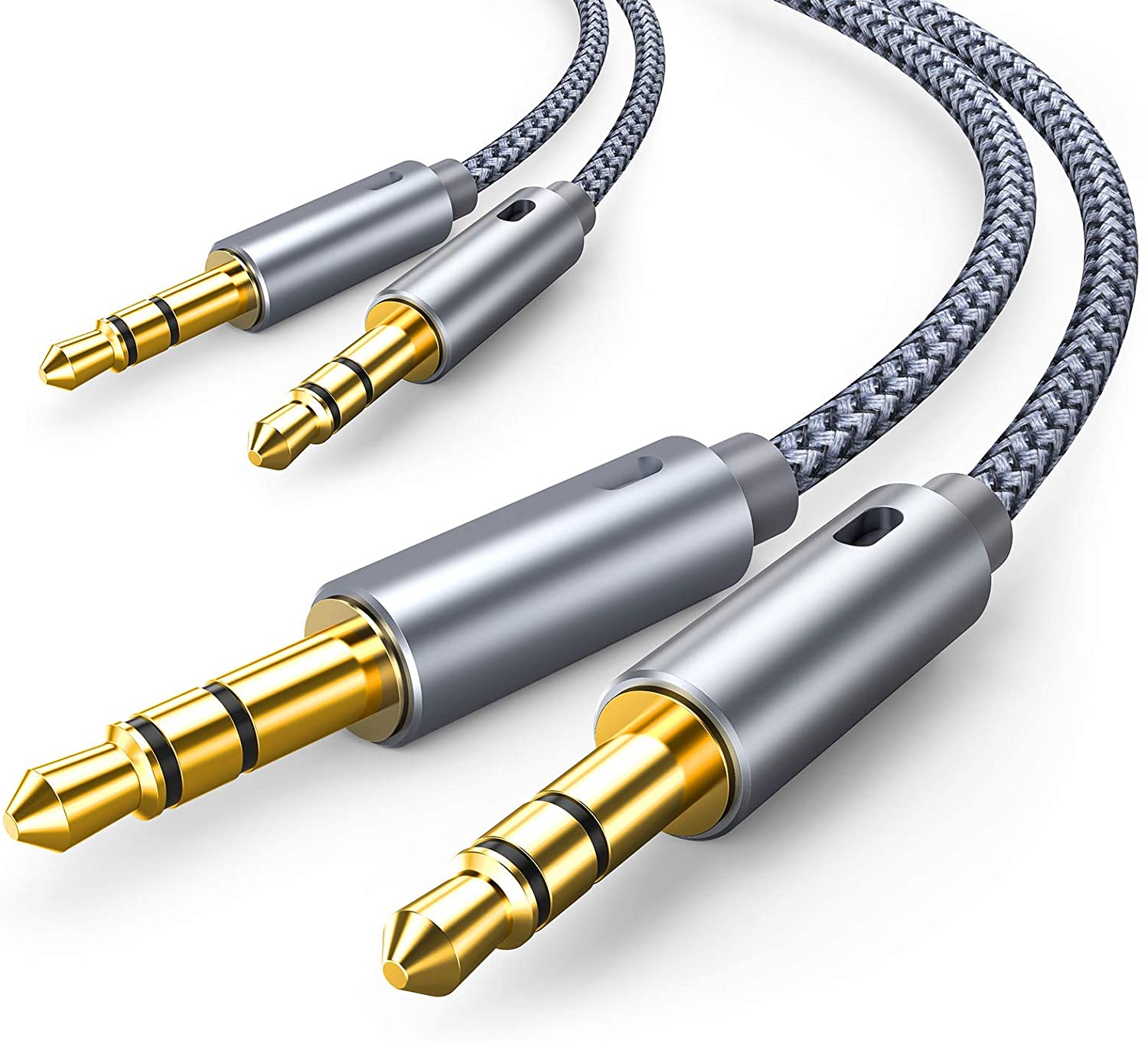
![oldboytech 2 Pack AUX Cord, 3.5mm Audio Cable [4ft/1.2M, Hi-Fi Sound] Nylon Braided AUX Auxiliary Cable for Car Compatible with...](https://m.media-amazon.com/images/I/41e5qYa0SJL.jpg)
